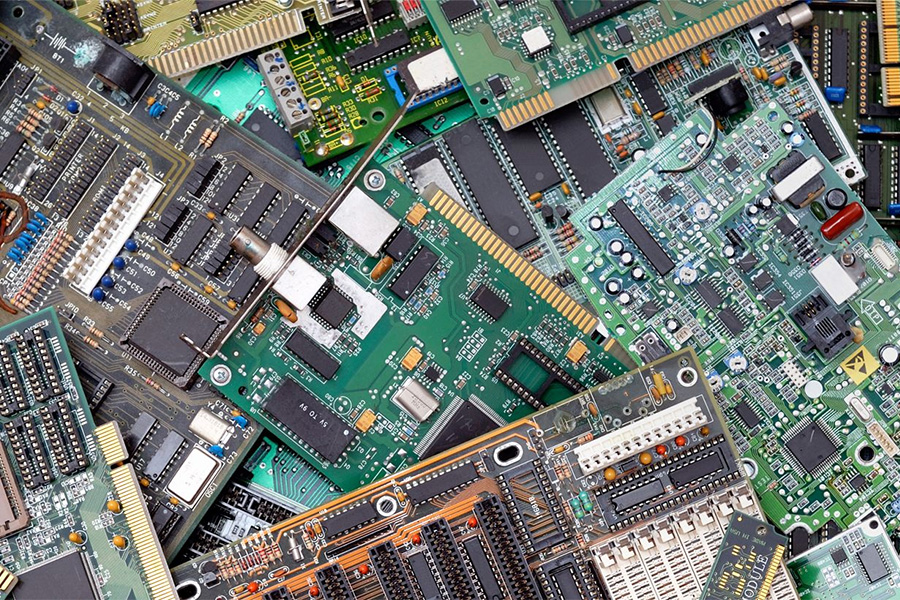
Some 20 billion items of electrical and electronic equipment (EEE) are currently in use globally.
- End-of-life electronics, or ‘e-waste’, is the fastest-growing waste stream in the European Union (EU), predicted to grow to some 12 million tonnes per year by 2020.
- Rapid product replacement cycles means that we can expect all of this equipment to be e-waste in five years, creating a toxic time-bomb of epic proportions.
- The European Union’s Waste Electrical and Electronic Equipment (WEEE) Directive was created to address this problem.
- It aims to reduce waste generation, and to promote reuse, recycling and other forms of recovery to reduce the quantity of WEEE discarded.
Key facts and figures
- E-waste is the fastest-growing waste stream in the EU, predicted to grow to 12 million tonnes per year by 2020
- The EU’s current policy instrument to address this, the waste electrical and electronic (WEEE) Directive, is failing
- 67% of e-waste collected in the EU is completely unaccounted for, either landfilled, sent to sub-standard treatment facilities or illegally exported
- Only 33% of e-waste collected in the EU treated is according to the Directive’s requirements
- Radical changes are needed to mitigate the environmental and health risk posed by e-waste, including new, higher targets, better policing and streamlined procedures
Why does e-waste need special treatment?
- End-of-life electronics, or ‘e-waste’, is the fastest-growing waste stream in the European Union (EU), predicted to grow to some 12 million tonnes per year by 2020.
- Proper e-waste management is vital to mitigate the environmental and health impacts of the hazardous materials within electronics, and to conserve valuable resources
Why recycling is necessary?
- Each year in the member states are produce about 2 billion tons of waste including dangerous waste in particular and this figure is constantly increasing. The storage of these wastes is not a good solution as well as their destruction is not sufficiently effective because of exhausted emissions and their highly concentrated and polluting residues.
The best solution is to prevent production of these wastes and to re-enter them into the production cycle by recycling their components. The European Union has a framework for coordinated management in member countries to reduce waste generation and to organize the best way for their processing and elimination
Recycling?
- Conversion of raw materials into components for new products. This way we preserve valuable natural resources and reduces the amount of waste.
Secondary use of raw materials means decrease using of natural resources which can be use for development of new metal compounds, such as the iron ore for steel, nickel for stainless steel or bauxite for producing aluminum.
Furthermore, recycling contributes to significant reduction of energy and CO2 emissions in production methods
Interesting facts
If we recycle 1 ton steel we saves:
– 1.5 tons of iron ore
– 0.5 tons of coal
– 40% of water which is necessary for the production of new steel
If we recycle 1 ton paper or cardboard we saves:
– About 13 trees;
– 2.5 barrels of oil;
– 4100 kwh electricity;
– 4 cubic meters of landfill volume;
– 31,780 liters Water.
